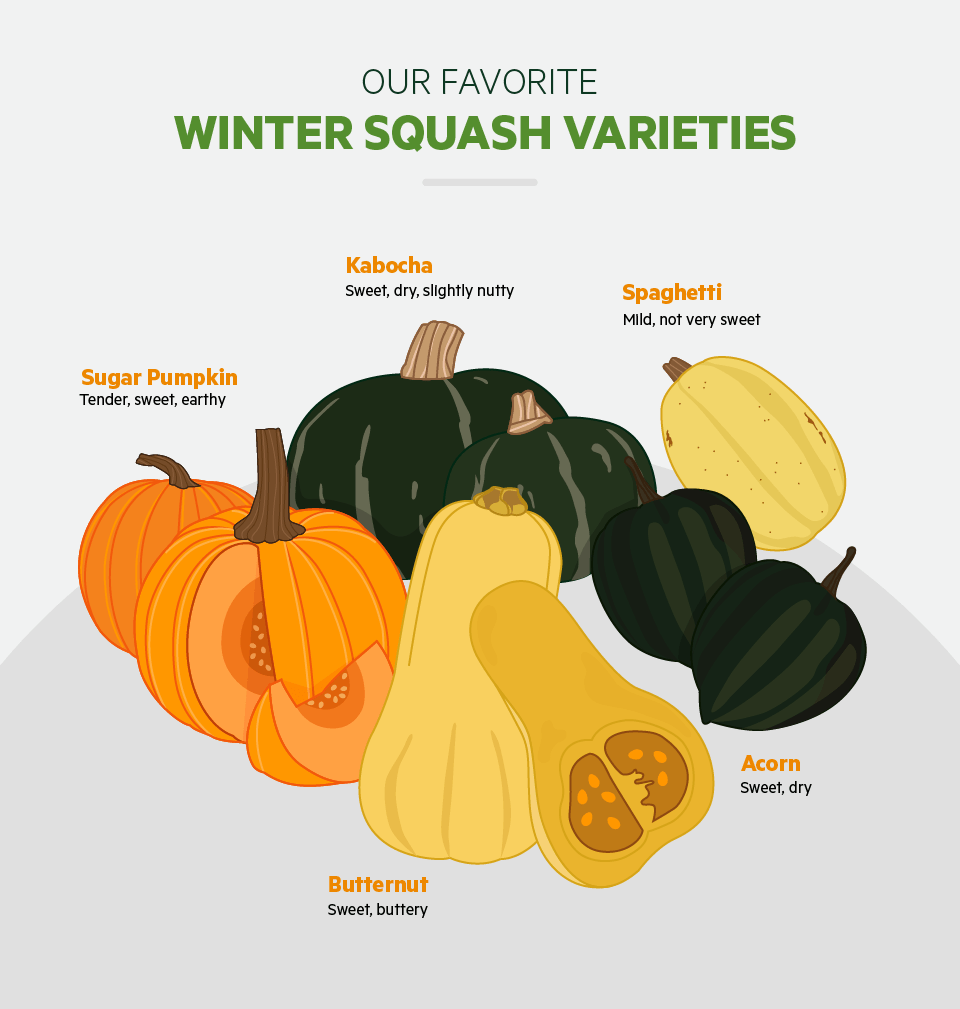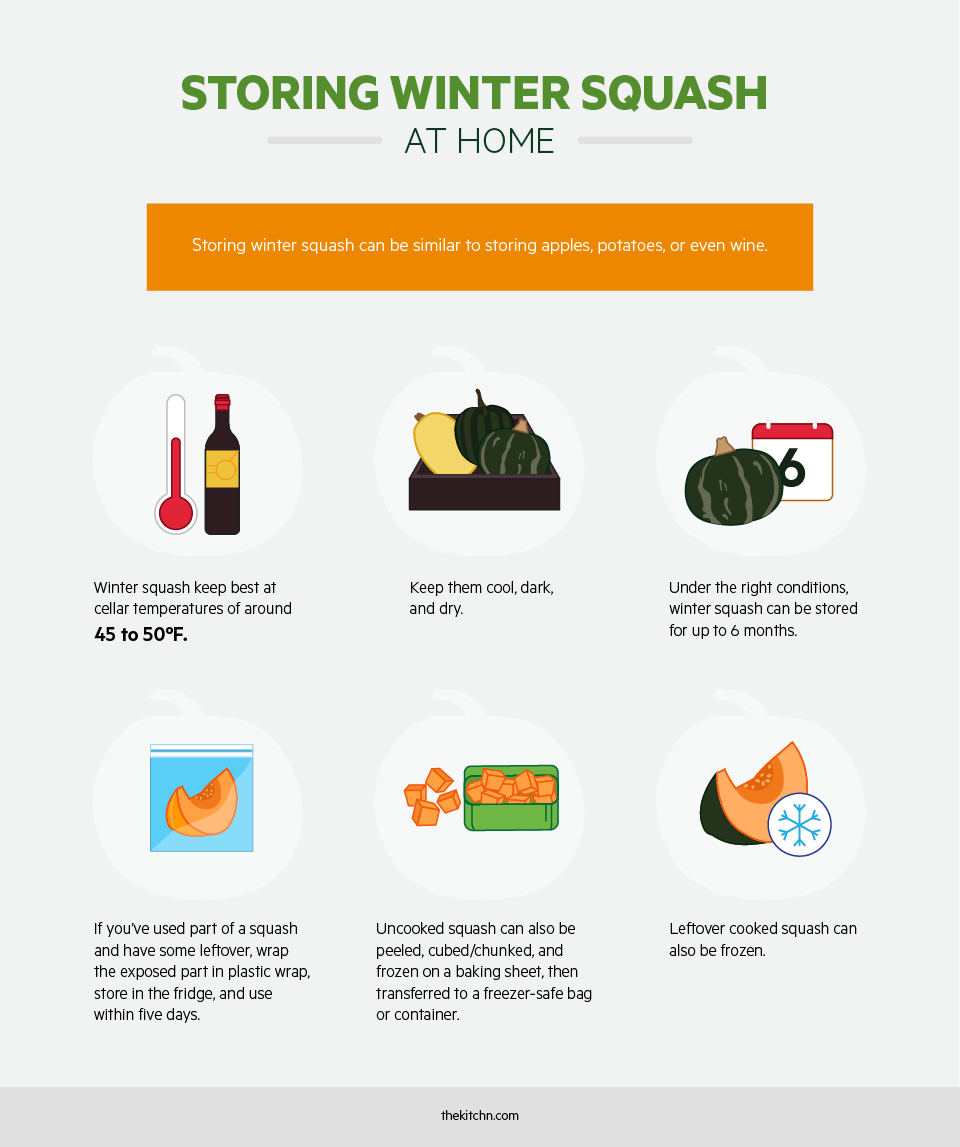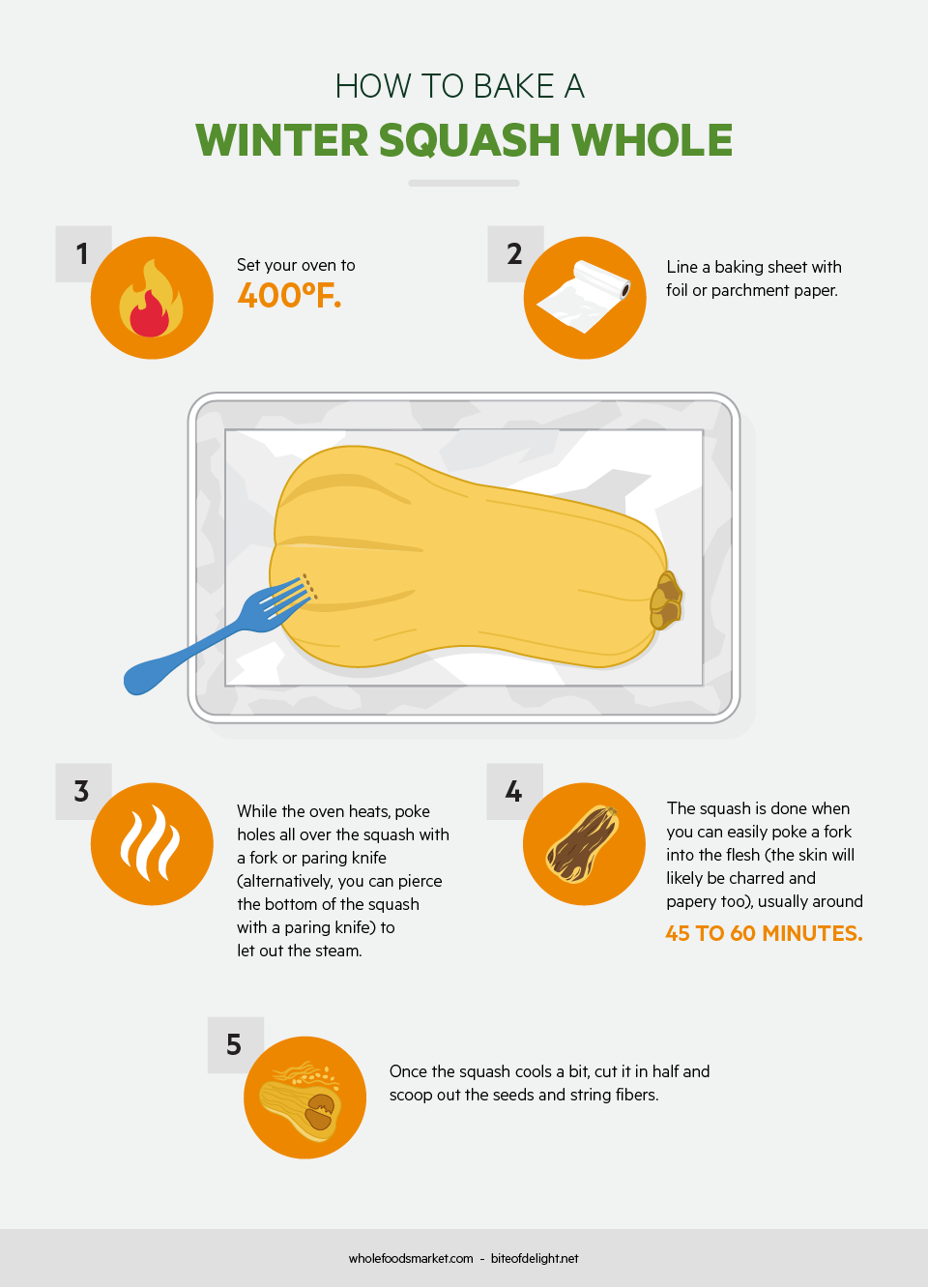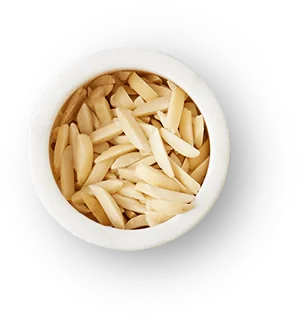The flavors, textures, and versatility of winter squash are as diverse as the squash themselves. What’s more, Zerocater food partners around the country are using squash in unique, tasty ways that will be a delightful addition to your end of the year office lunches and events. You can even enjoy some winter squash varieties in early fall when it’s fresh from the harvest. Read on for some of our favorite menu offerings that feature winter squash.
Pumpkin Donuts
Babycakes Gourmet, a food truck in Chicago, offers Chef Leah’s gourmet, reinvented takes on nostalgic “breakfast” foods including pancakes, breakfast sandwiches and yes, donuts. Pureed pumpkin and select spices combine to make a rich pumpkin donut delight that’s slightly crunchy on the outside and sumptuously soft on the inside.
Red Potato and Butternut Squash Salad
Taking inspiration from both the American South and East Asia, Austin’s The Peached Tortilla knows that nothing satisfies cold-weather appetites like the combination of sweet and savory flavors in their Red Potato and Butternut Squash Salad. Green apple crunch, roasted Brussels sprouts char, sweet golden raisins, and a creamy miso dressing make up this restaurant’s signature salad.
Savory Pumpkin and Feta Mini Muffins
Catering clients kept asking San Francisco’s Bistro Express for day-to-day office catering. Among their many meals and treats, Bistro Express outdoes themselves with these savory muffins. The saltiness of feta melds with the sweetness of pumpkin all in a perfect-sized snack that’s also a visual splendor.
Thyme Roasted Butternut Squash with Apples and Cranberries
Finding seasonal inspiration from the American South, Ancient Rome, East and Southeast Asia, and Tuscany, New York’s MatildaEats has been feeding the East Village since 2000. Roasting brings out the delicate, sweet-nutty qualities of butternut squash while the aromatics of thyme add depth. The crunch of apples combined with the tang of cranberries creates a refreshingly, warm tartness.
Spaghetti Squash with Mushroom or Beef Bolognese
Whether you’re gluten-free or you want to add more vegetables to your diet, spaghetti squash is a perfect stand-in for the Italian staple. The pale yellow flesh of this aptly named squash has a texture similar to long skinny noodles. With a focus on sustainable and ethical ingredients, San Francisco’s Kitava offers Bay Area offices with a savory spaghetti squash “pasta” with a choice of Bolognese made with grass-fed beef and pasture-raised pork, or a vegan version made with button mushrooms, olive oil, and aromatic herbs and vegetables.
Vegetarian Butternut Squash Rajas Tacos (ediBOL Los Angeles)
The glory of tacos isn’t just for the carnivore. At EdiBOL in Los Angeles, fresh ingredients and bold flavors combine into a vegetarian-friendly delight. Diced butternut squash rajas (strips or slices—often roasted poblano chile strips) are savory and flavorful when served in fresh corn tortillas along with homemade black beans, fried egg, tomatillo pineapple salsa, and citrus slaw.
Butternut Squash Bisque
When it comes to fall and winter dishes to warm the soul, few things satisfy like a rich and creamy soup. Yet even a hearty soup can be prepared with health in mind. Pureed butternut squash lends a golden amber color to this warm, nutty bisque from Austin’s Green Lunch that is filling and light at the same time.
Sweet Potato and Butternut Squash Hash
With a foundation grounded in Latin flavor and technique, San Francisco’s Creative Ideas Catering draws inspiration from cuisines around the world to present food that is as innovative as it is satisfying. With soft, earthy sweetness, the sweet potato and butternut squash hash gains crunch and savory notes from a mix of sautéed bell peppers and onions.
Southern Squash and Sweet Onion Casserole
When it comes to hot foods that banish the chill of fall and winter, there’s nothing quite like the classic comfort food quality of a filling, down-home casserole. For a healthy, hearty-not-heavy take on the casserole, head to Austin’s Chow Town Foods for their southern squash and sweet onion casserole that stars creamy squash with the crunchy, mild tang of sweet onions to warm you for the rest of the season. With a focus on fresh ingredients, Chow Town Foods creates eclectic dishes that delight the senses.

Popular winter squash & how to use them
Farms around the country grow dozens of varieties of common, heirloom, and outright esoteric winter squash. Here are some varieties you’re likely to see served up in your area—plus a few general, simple ideas on how to prepare, and store, winter squash at home.
Another plus? Any combo of winter squash will look lovely on your table or sideboard as decor (where it will keep much longer than most other vegetables).
Sugar Pumpkin
Yup, the orange pumpkin is just another variety of winter squash. We’re talking about smaller pumpkins though, generally under 10 pounds. (The big jack-o-lantern field pumpkins are just grown for decoration). The sugar pumpkin’s orange-brown flesh is tender, sweet, and earthy. It’s also known as sweet pumpkin or cheese pumpkin.
Kabocha Squash
Originally from Japan, the green-skinned, yellow-orange-fleshed kabocha, or Japanese pumpkin, has become a wintry hit in the U.S. Known for its sweet flavor and dry flesh, the kabocha can provide more texture variety on the palate than other squashes, along with a slightly nutty flavor.
Butternut Squash
The tall, pear-shaped butternut has a creamy beige skin that conceals a bright orange flesh. It is sweet, buttery, and among the most versatile of squash. The thin skin is easier to peel than many winter squash varieties, and it tends to have fewer seeds than others, which can help you get dinner on the table sooner.
Acorn Squash
The grooved, green-skinned, yellow-fleshed acorn squash is pretty much impossible to peel. But that’s okay. Where the abundant acorn squash shines is when you cut it in half, scoop out the seeds, stuff the cavity with a tasty filling, and bake until perfect. The flesh is less sweet, and more dry, than other varieties, which makes it a great base for hearty fillings.
Spaghetti Squash
Think of spaghetti squash as a self-spiralizing vegetable. Once cooked, the flesh naturally separates into long, skinny strands—perfect for mixing with or replacing grain-based pasta in virtually any noodle-based dish. A mild flavor enables spaghetti squash to be combined with a variety of ingredients and flavors, making it equally at home in tomato sauces with meatballs or in hearty Japanese-style ramen.

Cooking winter squash
Something else that’s great about winter squash? They can be baked, microwaved, sautéed, simmered, pureed, mashed, you name it. Winter squash can be used in virtually any dish, adding texture and nutrients to main meals, side dishes, and baked goods. Some varieties, such as acorn squash, can be halved and stuffed, and served as their own bowl for less cleanup! Winter squash are also pretty interchangeable. If you don’t find a particular variety, it’s easy to sub in what’s available in your area.
You may be familiar with tales of how difficult it can be to slice or peel winter squash. Some varieties (such as butternut) peel and slice relatively easily. Luckily for the time-pressed home cook, though, there’s an easier way: Bake the winter squash whole.

Alternatively, squash can be washed, halved, or peeled and chunked, before roasting. Once you cut into the squash, removed the seeds and string fibers inside.
Outside of the oven, squash halves or chunks can be prepared in other ways. Times vary depending on variety and whether the squash is whole, halved, or chunked, but here are some general guidelines.
- Microwaved: 10 to 20 minutes whole (be sure to prick the skin first), 5 to 8 minutes cubed
- Steamed: chop/cube squash, then steam for 15 to 30 minutes
- Sautéed: sauté cubed squash over medium heat for around 17 to 22 minutes. (Alternatively, after a few minutes browning you can also add your choice of liquid and braise.)
The warming wonderfulness of winter squash
Affordable, plentiful, and available nationwide, winter squash are a natural, healthy, versatile choice for the season. Make sure they’re on your fall and winter grocery list—and on the menu for your next catered office lunch or event.


